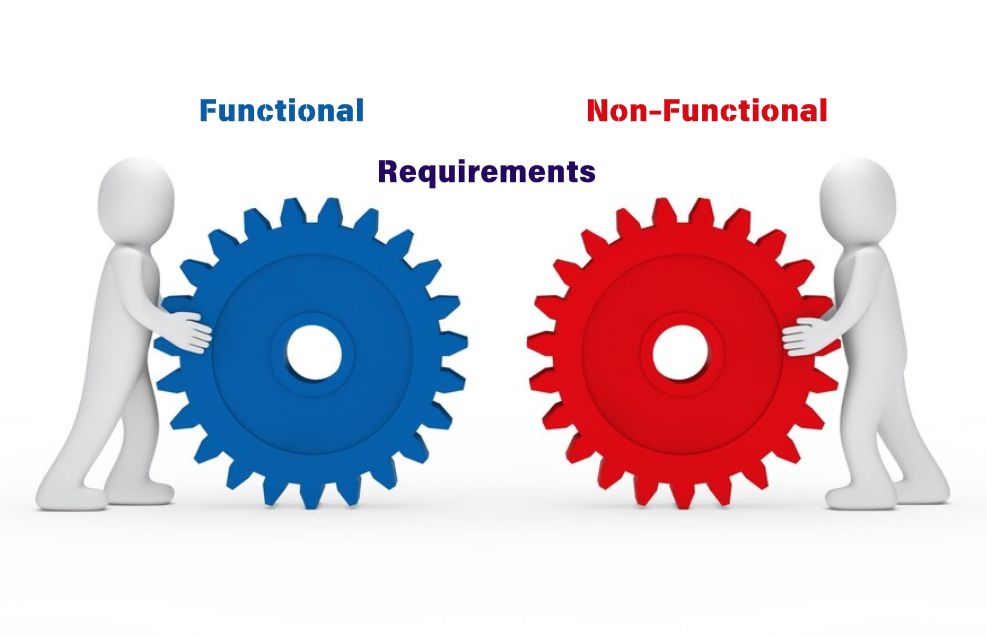In the world of software development, requirements play a crucial role in shaping the final product. They define what a system should do and how it should perform under various conditions. Understanding the distinction between functional and non-functional requirements is essential for developers, project managers, and stakeholders alike. This guide will explore both types of requirements in depth, providing real-world examples, best practices, and insights into their role in successful project execution.
What Are Functional Requirements?
Functional requirements describe what a system must do to fulfill user needs. These requirements define the features, capabilities, and behaviors of the software, ensuring that it meets business objectives. They are often documented in the form of use cases, user stories, or system specifications.
Key Characteristics of Functional Requirements
- Specificity – Clearly defined actions or processes that the system must perform.
- User-focused – Designed to meet the expectations of end users.
- Objective and measurable – Easily verifiable through testing.
- Directly linked to business goals – Essential for the software’s purpose.
Examples of Functional Requirements
- A login system that allows users to register, sign in, and reset passwords.
- An e-commerce platform that enables customers to add items to a cart and complete a purchase.
- A banking app that lets users transfer money between accounts.
- A healthcare portal that allows patients to book appointments online.
Read Also : Unlocking the Power of Data Governance Tools: A Comprehensive Guide
What Are Non-Functional Requirements?
Non-functional requirements (NFRs) define the quality attributes of a system, ensuring that it performs efficiently, securely, and reliably. While functional requirements focus on what a system should do, non-functional requirements specify how it should operate.
Key Characteristics of Non-Functional Requirements
- Performance-related – Dictate system efficiency, scalability, and response times.
- Security and reliability – Ensure protection against threats and failures.
- User experience-driven – Define usability and accessibility standards.
- Regulatory and compliance-based – Ensure adherence to industry standards.
Examples of Non-Functional Requirements
- The system must support 1 million concurrent users without performance degradation.
- The website should load in under 2 seconds for users on a 3G network.
- Data must be encrypted using 256-bit AES encryption.
- The application must be available 99.99% of the time with a maximum downtime of 5 minutes per month.
Key Differences Between Functional and Non-Functional Requirements
Why Both Are Critical in Software Development
While functional requirements ensure that a system meets business needs, non-functional requirements determine the system’s efficiency and usability. Neglecting either type can result in project failures, user dissatisfaction, and security vulnerabilities.
Example Scenario: Developing a Banking App
Imagine you’re building an online banking application:
- Functional Requirements: Users must be able to transfer money, check balances, and pay bills.
- Non-Functional Requirements: The app must load in under 3 seconds, use secure encryption, and have 99.9% uptime.
If the app meets functional requirements but takes 10 seconds to load, customers may abandon it. Similarly, if security is weak, it could lead to data breaches.
How to Define and Document Functional and Non-Functional Requirements
Step 1: Identify Stakeholders
Involve end users, business analysts, developers, and testers to gather comprehensive requirements.
Read Also : What Is Data Curation and Why Does It Matter in Today’s Digital World?
Step 2: Use Requirement Gathering Techniques
- Interviews – Discuss expectations with stakeholders.
- Surveys – Collect user insights.
- Workshops – Collaborate on defining needs.
- Prototyping – Create wireframes to visualize requirements.
Step 3: Document Requirements
Use structured formats such as:
- User stories: “As a user, I want to reset my password so that I can access my account if I forget it.”
- Specification documents: Detailed descriptions of system functionalities and constraints.
- Service Level Agreements (SLAs): Define performance expectations like uptime and response time.
Best Practices for Managing Functional and Non-Functional Requirements
- Prioritize Requirements – Use frameworks like MoSCoW (Must have, Should have, Could have, Won’t have).
- Ensure Traceability – Map requirements to business goals.
- Use Clear and Measurable Language – Avoid vague statements like “the system should be fast.”
- Conduct Regular Reviews – Validate requirements with stakeholders to prevent misalignment.
- Test Requirements Early – Implement both functional and performance testing during development.
Tools for Managing Requirements
Several tools help document and manage functional and non-functional requirements effectively:
- JIRA – Agile project management and tracking.
- Confluence – Documentation and collaboration.
- Trello – Simple task management.
- Microsoft Azure DevOps – Comprehensive requirement tracking.
Conclusion
Understanding the difference between functional and non-functional requirements is critical for successful software development. While functional requirements define what a system must do, non-functional requirements ensure that it does so efficiently, securely, and reliably.
By carefully defining and managing both types, businesses can develop robust, high-quality software that meets user expectations and business goals. Whether you’re a developer, project manager, or business owner, ensuring a balance between these requirements will lead to a better user experience and a more successful product.

